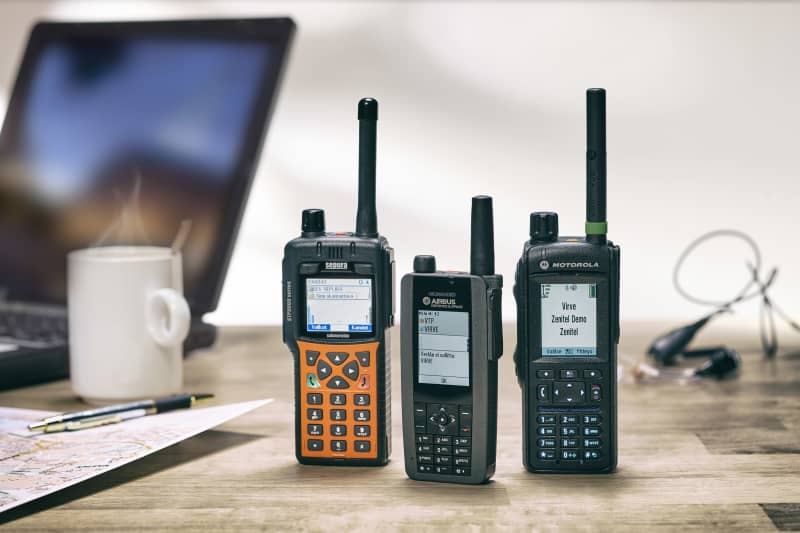The Virve reform, which will start in the fall, concerns a large number of Finns, as the network is used by rescue services and the police, among others. Two million group calls are taken through Virve every week.
The twenty-year-old Virve network has great prospects in front of it, when the traditional narrowband radiotelephone traffic turns into a broadband network utilizing 4G and 5G mobile networks. In addition to speech, images and video can also be transmitted in the new authority network.
Virve is used by the rescue service, social and health services, the police, the Defense Forces, the railways, the emergency center and numerous other security operators, such as Yleisradio. In the Virve network, calls and group calls can be made securely even for a large group at the same time.
The huge reform affects a large number of people: There are 51,000 Virve subscriptions in Finland. 74 million messages go through them every week and 2 million group calls are taken every week.

The old system will work alongside the new one until at least the end of 2025.
– For the police or the Defense Forces, this is strict testing before the new system is accepted as an operational operating system.
In addition to the radio network, the device base is renewed when a traditional radio telephone changes to a smartphone, tablet, smart watch or computer.
First aid delivered by drone
The use of the new Virve network is really only limited by your imagination, because the broadband enables a variety of applications in various wireless terminals.
A drone could be used to transport a first aid kit to an injured person before first aid arrives at the scene. Drones could also be used to transmit a video of the situation in major accidents to the management of rescue operations.
Although video will be included, the main use of the new Virve network will continue to be voice.
– Group talk will remain at the center of everything. Different commands in tight situations, if life or health are threatened. Video can remain secondary, says Jarmo Vinkvist.

Rescue services use Virve the most
In Finland, after the rescue services, social and health services are the second most active users of the official network, and the third most are the police.
– Our units use verbal messaging to the emergency center and communicate with each other using the Virve system.
Niemikallio says that Virve has operated reliably in the area of the Päijät-Häme rescue service, although there are certain limits to its coverage. In advance, the aim is to map properties with belonging problems. In smoke diving, VHF phones are always used to ensure hearing.
– The signal may not pass through walls in large buildings, such as industrial buildings with concrete walls.

The network must operate, for example, in shopping centers
The Rescue Act has long required that the authority network must operate in premises where there is a high personal safety risk. For example, in large shopping centers. In these buildings, it is required to install repeaters for the radio network, so that the Virve network can be heard well even indoors.
Jarmo Vinkvist, business director of separate networks, says that the need to build a separate indoor network is being investigated in new properties that the authorities have defined as risk targets.
– Two hundred of these have been made every year.
If necessary, official traffic will overtake others
In the new Virve network, official traffic is secured with a priority function. If the radio network becomes congested in the event of a major accident, for example, Virve has the right to use the network. Then the required amount of traffic from other subscriptions is automatically transferred to lower 3G or 2G networks.
Geographical coverage in the current Virve network is approximately 97 percent. For example, there are cat trees in the very north of Finland. The 4G and 5G network built by Elisa aims for the same coverage.
